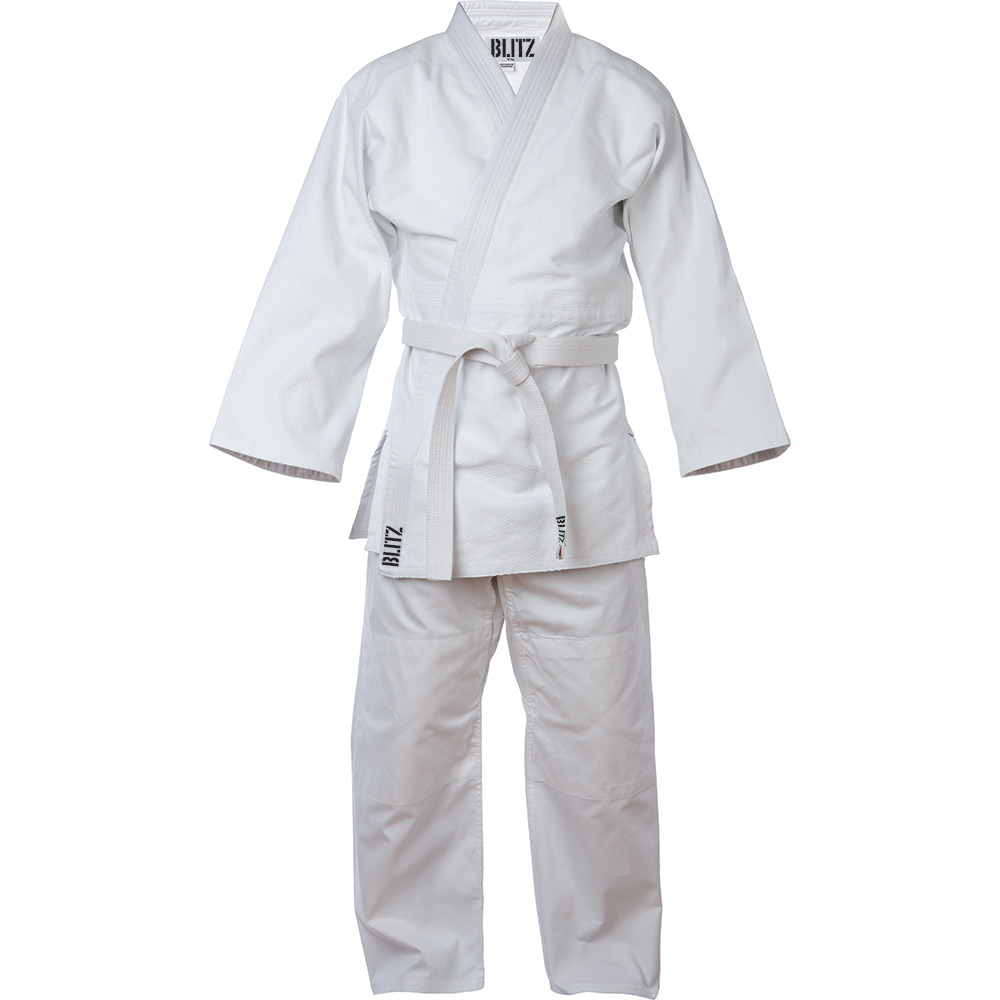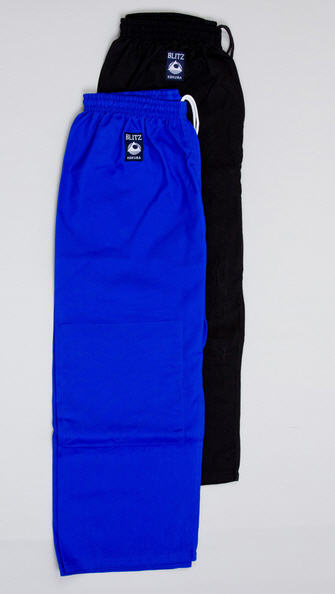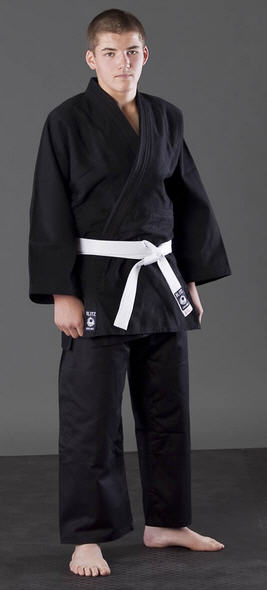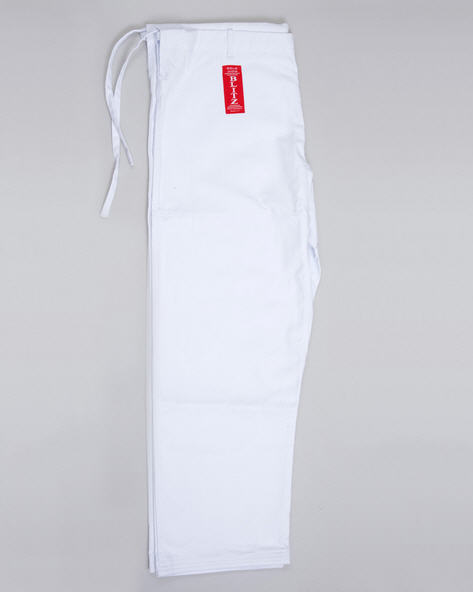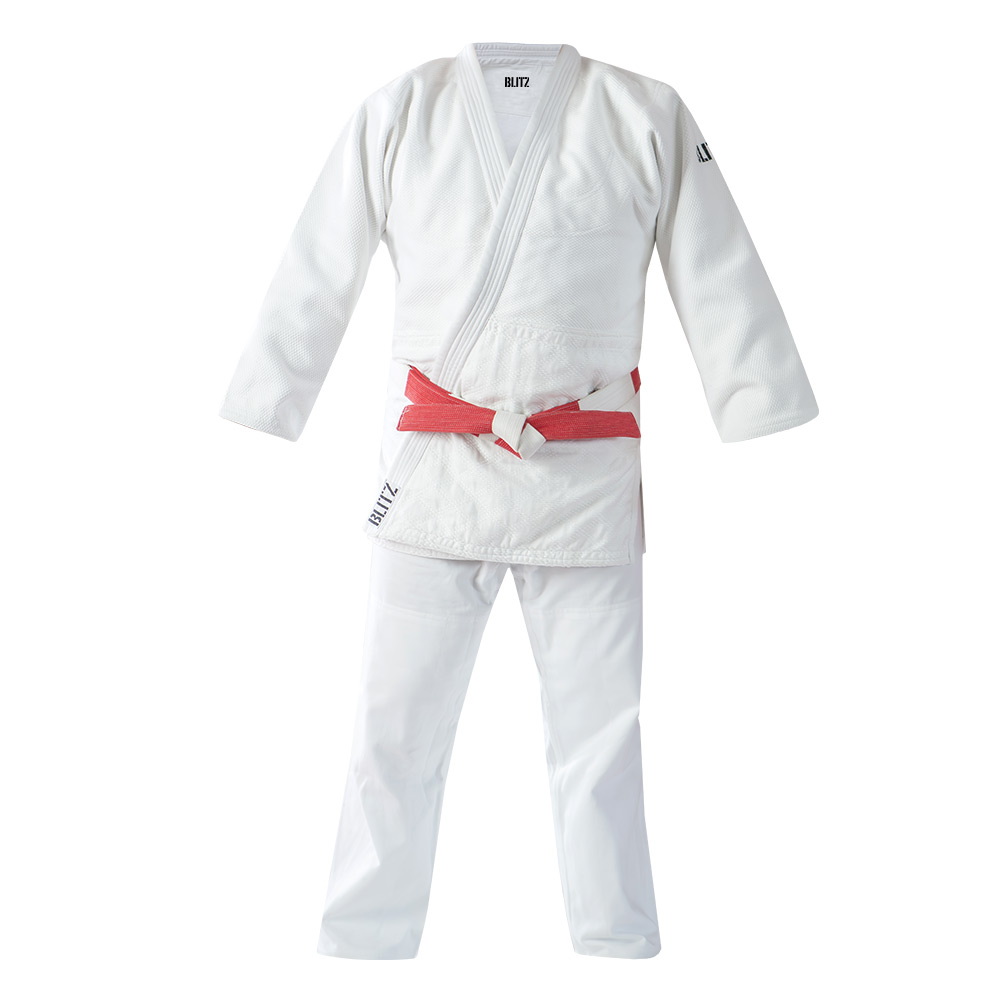Taekwondo
is a form of martial arts combining Korean form of fighting as well as Chinese
techniques of combat. It comprises mainly of kicks and the techniques to block
them and counter attack opponents. Due to the force involved in the form of
combat, it is essential that the chosen uniform provides sufficient protection
to prevent any serious physical damage during training and competitions.
The
uniforms are designed according to the nuances of the combat sport. They are
structured and cut in a way that helps you put up a fight without inhibitions
from your garb. Since proper outfit is an important constituent of taekwondo
and all other martial arts, it is crucial that you select
a taekwondo uniform which suits you best in terms of comfort, protection
and ease of movement. Here are certain tips that will help you select the
perfect taekwondo suit:
Choosing the Perfect
Fit:
Taekwondo
like Karate uses a uniform code consisting of a shirt, pants and belt. Taekwondo
requires an outfit that allows flexibility and a great deal of mobility of the
legs since it involves kicks as the method of attack. You need to find a
uniform that is loose fitting but not extremely loose or oversize that will
result in tripping over. Also, very tight ones can constrict your moves and
techniques. So, you need to find one that is comfortably loose yet perfectly
fitting your shape and build.
As
for deciding whether to go for pants with drawstrings at the waist or elastic
ones, it is entirely based on your comfort level. However, for the beginners it
is advisable that they choose elastic ones that will allow them a great deal of
freedom during the learning phase. While the pants with drawstrings are more
secure, they are difficult to breathe as they apply a lot of pressure on the
stomach.
Finding the Right
Material:
Both
light and heavy weight materials are used in taekwondo suits. Dacron and nylon
uniforms are used mostly by beginners, since they are lightweight fabrics. They
allow you more flexibility during the learning period and do not add to your
own weight. This prevents badly angled moves or restricted kicks that could
cause physical damage. On the other hand cotton is the best choice for
experienced fighters who are participating in tournaments and require the right
amount of snap in their outfit. Cotton is durable to heavy wear and tear as
well as throws, kicks and force.
Select the Right
Sparring Gear:
When
you are at a stage in taekwondo where you have acquired skills to start
sparring, it is essential that you include the protective gear as a part of
your outfit for prevention of injuries. The required gear includesmouth guard,
chest protector and shin and foot protector. Make sure that the chest protector
is of the right size and fits you perfectly. If it is
loose, it will start shifting and cause disruption in your moves. Also ensure
that it not too small to leave the abdomen open to hard kicks.
Although
there are a variety of taekwondo uniforms available in the market it is wise to
select one with thorough research and guidance from your instructor.












